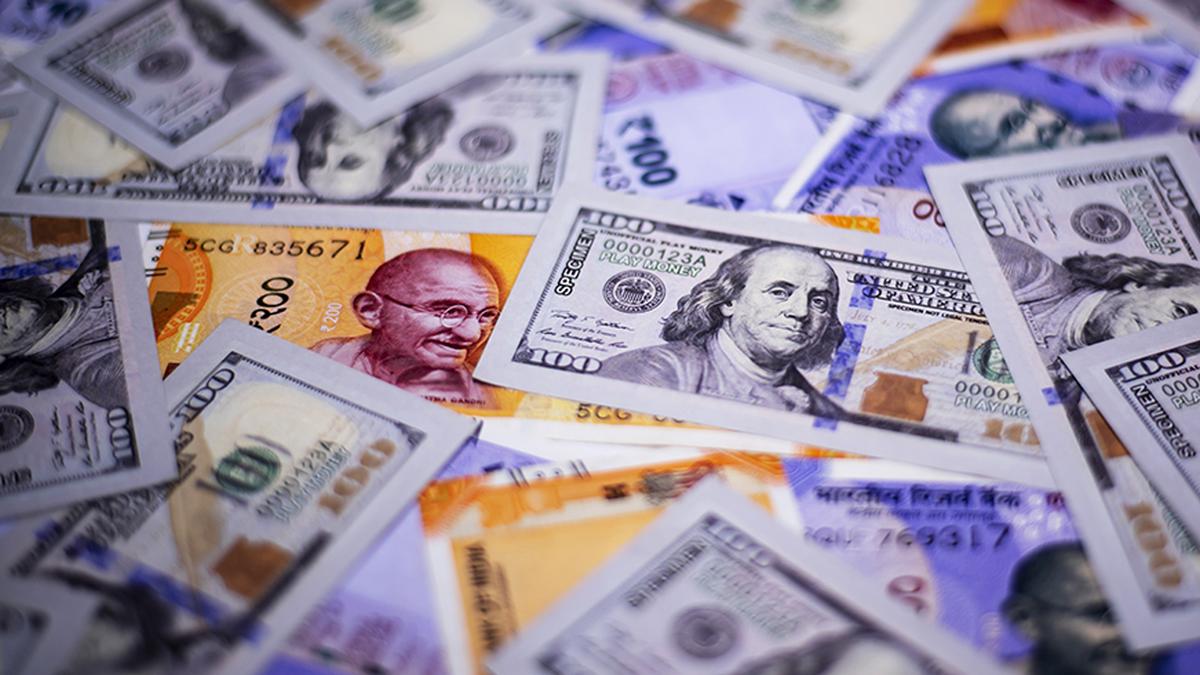India’s forex reserves dip $3.06 billion to $696.67 billion in a second straight week decline
India’s foreign exchange reserves fell by $3.06 billion to $696.67 billion for the week ending July 11, marking the second straight week of decline, according to the official data released by the Reserve Bank of India (RBI).
In the previous reporting week of July 4, the country’s forex reserves witnessed a slip of $3.049 billion to $699.736 billion.
In the week ending July 11, foreign currency assets, which are the major constituent of the forex reserves, fell $2.477 billion to $588.81 billion, possibly becoming the major reason for the fall in the forex reserves. Gold reserves, another major component of the forex, also witnessed a sharp fall of $498 million to $84.348 billion. The country’s Special Drawing Rights (SDRs) with the global financial body, the International Monetary Fund (IMF), saw a dip of $66 million to $18.802 billion during the reporting week of July 11, according to the RBI data. The Reserve Position in the IMF also decreased by $24 million.
Central banks worldwide are increasingly accumulating safe-haven gold in their foreign exchange reserves kitty, and India is no exception. The share of gold maintained by RBI in its foreign exchange reserves has almost doubled since 2021, till recently.
In 2023, India added around $58 billion to its foreign exchange reserves, contrasting with a cumulative decline of $71 billion in 2022. In 2024, the reserves rose by a little over $20 billion, touching an all-time high of $704.885 billion at the end of September 2024.
India’s forex reserves are sufficient to meet 11 months of the country’s imports and about 96 per cent of external debt, said Governor Sanjay Malhotra while announcing the outcome of the Monetary Policy Committee (MPC) decisions.
The RBI governor expressed confidence, stating that India’s external sector is resilient and key external sector vulnerability indicators are improving.
Foreign exchange reserves, or FX reserves, are assets held by a nation’s central bank or monetary authority, primarily in reserve currencies such as the US Dollar, with smaller portions in the Euro, Japanese Yen, and Pound Sterling. The RBI often intervenes by managing liquidity, including selling dollars, to prevent steep Rupee depreciation. The RBI strategically buys dollars when the Rupee is strong and sells when it weakens.
Published on July 20, 2025













Post Comment